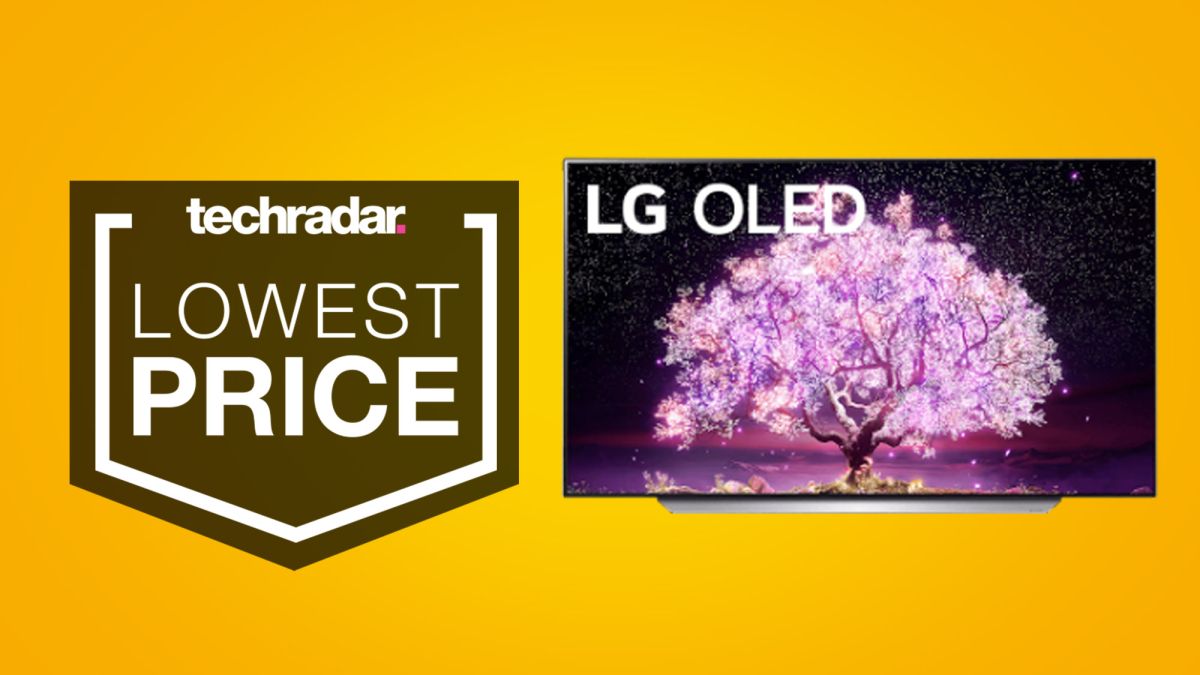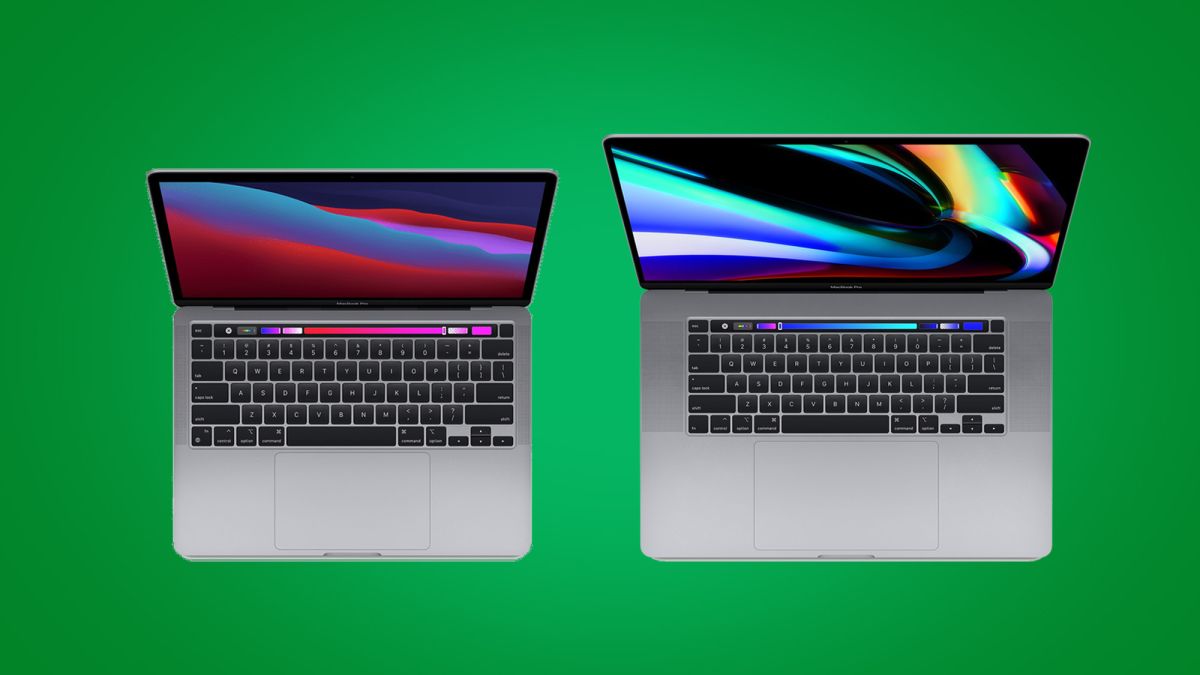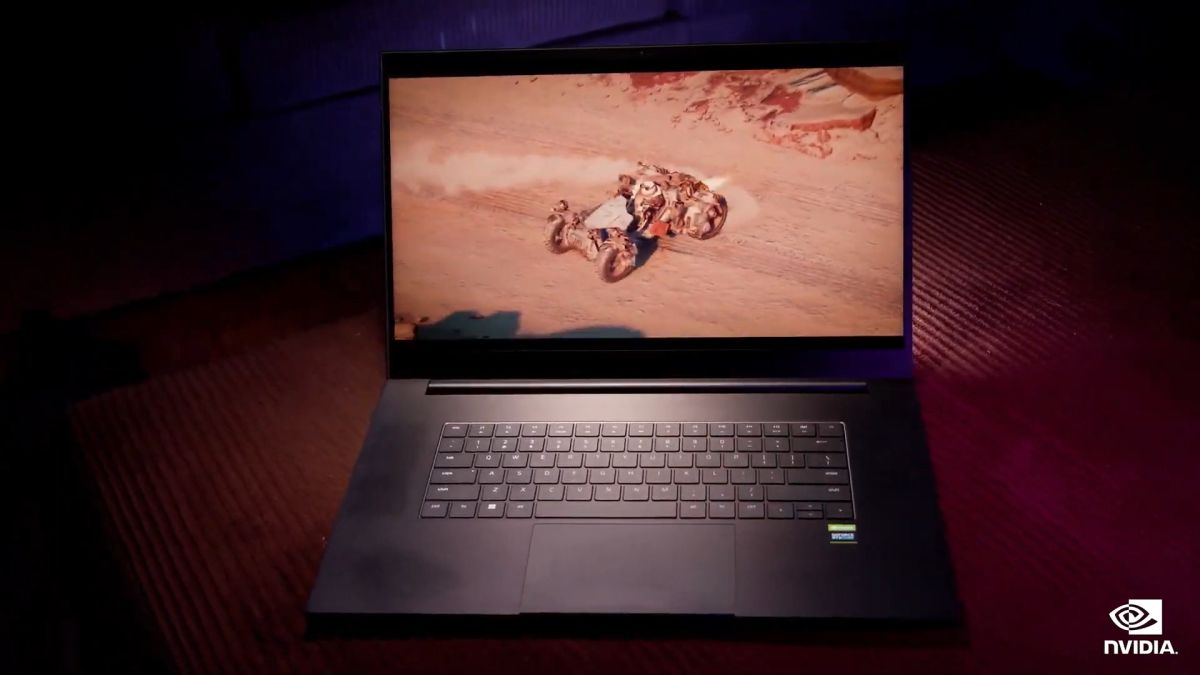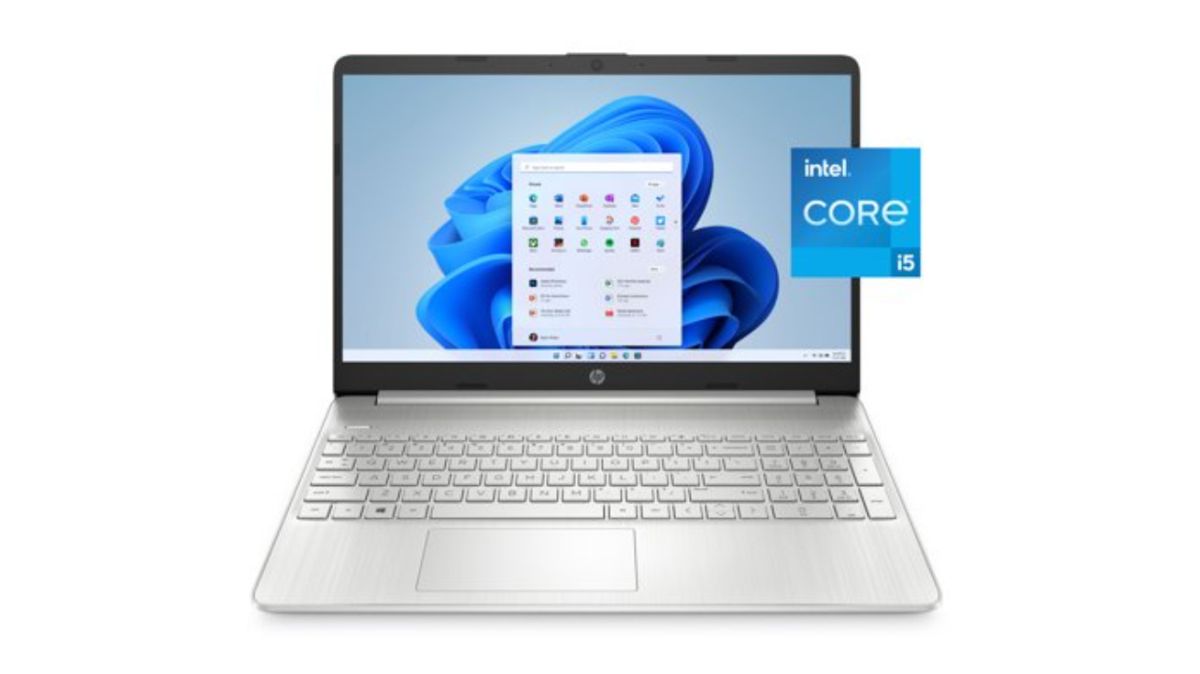AMD has fired a volley of flak at Intel, offering comparative benchmarks of its Radeon 6500M laptop computer GPU versus Intel’s new Arc A370M, exhibiting that the previous leaves Workforce Blue slightly within the mud.
In fact, we should take any comparisons coming direct from a producer with appreciable warning – extra on that later – however listed here are the outcomes as detailed by AMD on Twitter:
Radeon 6500M #FTW pic.twitter.com/LZekshO1WNMarch 31, 2022
See extra
As you may see, the posted picture compares the 2 GPUs when it comes to common frames per second (fps) in 1080p decision with medium particulars over 5 totally different video games.
Whereas Intel’s Arc A370M creeps above the magic 60 fps mark constantly, with outcomes working from 62 fps to 71 fps, the AMD GPU manages from 88 fps to 135 fps in its best-case situation. That latter recreation, F1 2021, sees the 6500M being over twice as quick because the Intel GPU, however some outcomes are so much nearer than that – however nonetheless with AMD having an honest result in the tune of 25% to 50% or so.
Evaluation: Let’s watch out round these early benchmarks
Clearly on the face of it, this seems to be like an enormous win for AMD. Nonetheless, there are plentiful caveats right here as we already talked about, so let’s dig into these.
Firstly, there’s the purpose about bias which we already made: a producer presenting benchmarks will inevitably cherry-pick these to some extent as a way to present its product in the perfect mild (when it comes to video games chosen, and maybe settings used, or drivers).
Then there are the unknowns across the configuration of the laptops and what the remainder of the {hardware} spec was. AMD has evidently shortly acquired maintain of one of many preliminary notebooks with the A370M inside, however what have been the opposite parts constructed round it, and people of the 6500M laptop computer?
And likewise, what energy ranges have been the A370M and 6500M configured with? Each can run as much as 50W, but it surely’s not clear if, say, the Intel GPU would possibly’ve been powered at its base utilization which is a good bit decrease at 35W, with the 6500M working at 50W (and getting higher efficiency in consequence). It’s as much as the laptop computer producer to resolve what energy to provide the cell GPU with, based mostly on the pocket book’s capabilities and thermals.
Nonetheless, all that mentioned, in some corners of the web there was a considerably disillusioned response to Intel’s very first Arc GPUs, considerably egged on by leaks just like the one noticed by Tom’s {Hardware} (opens in new tab) which suggests the A370M is slower than the half-a-decade-old Nvidia GTX 1050 Ti cell GPU in 3DMark. Nonetheless, we must be cautious round any such leaks, as all the time.
Bear in mind, too, that Intel’s driver likely nonetheless wants some refining – it’s recent out of the gate, in spite of everything – and efficiency will likely be improved as time ticks on within the early days. The reality is we’ll solely actually understand how good Intel’s first Arc cell GPUs are after we really get to check them ourselves, and might see all of the ins-and-outs of the comparative playfield in doing so.
Moreover, it’s price taking into consideration that Arc has different potential strengths like XeSS for reinforcing body charges, and benefits away from gaming which some customers will profit from (corresponding to AV1 encoding).
Don’t overlook that the 2 Arc 3 sequence laptop computer GPUs initially launched are the lowest-end merchandise, too, and we’ve but to see something of Intel’s huge weapons and what they’ll do.
- Our decide of the perfect graphics playing cards










